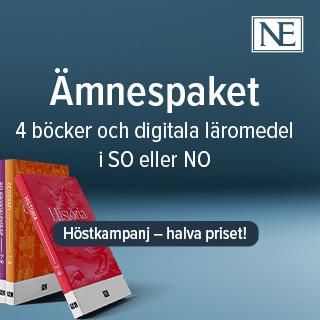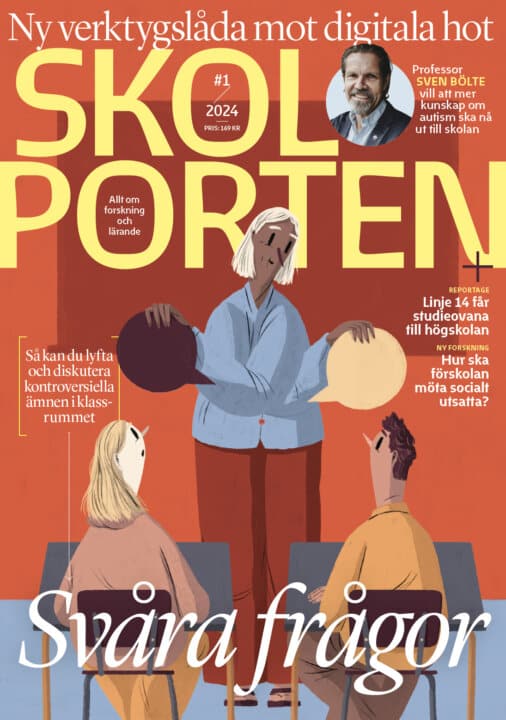Integrated teaching for expanded vocational knowing: Studies in the Swedish upper secondary Health and social care program
Maria Christidis vill med sin avhandling öka förståelsen av integrerad undervisning för ett expanderat yrkeskunnande i omvårdnadsrelaterad yrkesutbildning, specifikt på det svenska gymnasiets Vård- och omsorgsprogram.
Maria Christidis
Professor Lázaro Moreno Herrera,Stockholms universitet Docent Marianne Teräs, Stockholms universitet Docent Janet Mattsson, The Swedish Red Cross University College
Professor Petri Nokelainen, Tampere University of Technology
Stockholms universitet
2020-06-05
Integrated teaching for expanded vocational knowing: Studies in the Swedish upper secondary Health and social care program
Institutionen för pedagogik och didaktik
Integrated teaching for expanded vocational knowing: Studies in the Swedish upper secondary Health and social care program
Integrated teaching is emphasized in Swedish upper secondary vocational education and training, for managing sociocultural and historical changes related to: a) increased demands on future competent health care workers, b) educational reforms, c) altered conditions for vocational teachers’ work, and d) vocational contextualization of teaching and learning content. However, national curricula from 1970, 1994, and 2011 recommend integrated teaching as a solution without any specific concretization of what integration could or should contribute with. Thus, the aim of this thesis was to explore the realization of integrated teaching and the vocational knowing made available by integration for students at the Swedish upper secondary Health and social care program, and partly for nursing students in higher education and training. The research questions attended to how integrated teaching is realized, and what vocational knowing is made available by integration.
Theoretical point of departure was Cultural historical activity theory (CHAT), complemented with New literacy studies (NLS). The methodological framework included ethnographically inspired case studies, interviews, specifically semi-structured interviews and life-history interviews, and a systematic review. Research material was collected in 2012 and 2018. Analysis was performed with selected concepts from CHAT, and in one study also with concepts from NLS. In one study, i.e. the systematic review, GRADE CERQual was used for an assessment of confidence in the review findings.
Study results showed that integrated teaching, regardless of composition and format, made available a vocational, a general, and an expanded vocational knowing. Also, vocational contextualization of school subjects was shown to be significant as an additional teaching and learning content and as mediational means between school and workplace.
In conclusion, integrated teaching was shown to respond to the sociocultural and historical developments by making available for students an expanded vocational knowing. Also, vocational contextualization was shown to make possible for students learning knowing relevant for their future profession.
Relaterade länkar

Fritidshem
 Åk F–6
Åk F–6 Matematikångest
 Åk 4–Vux
Åk 4–Vux 






